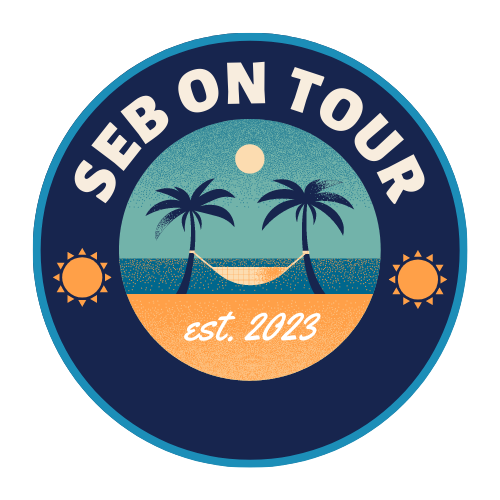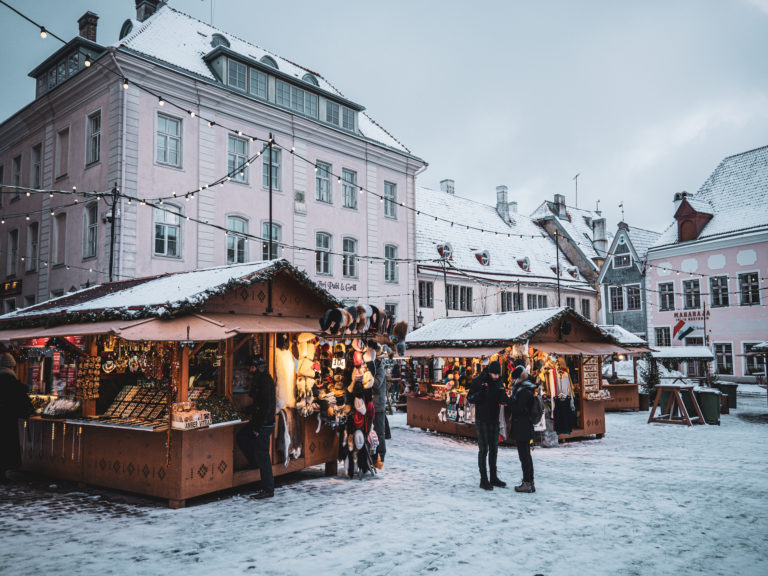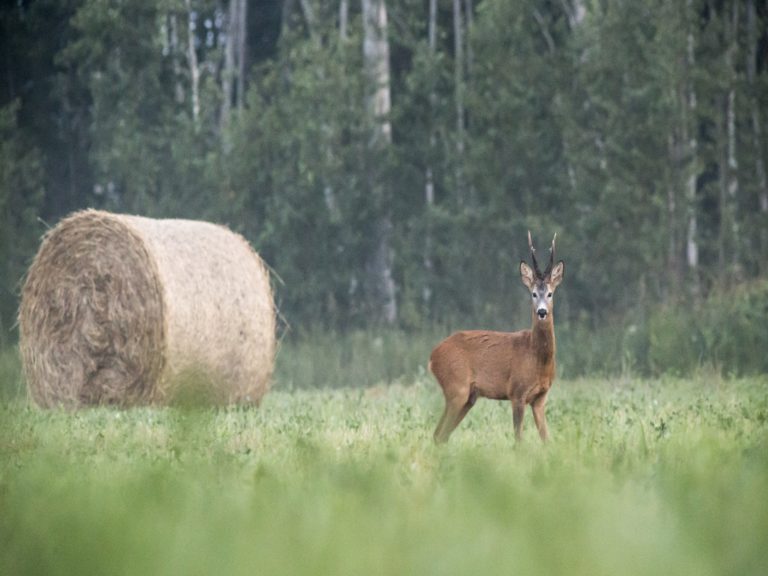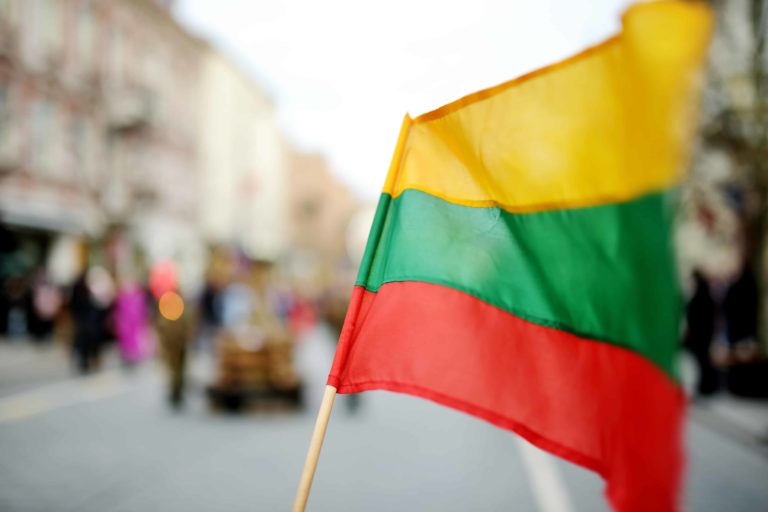National Parks Estonia: A Guide to the Country’s Beautiful Natural Wonders
Estonia may be a small country, but it’s home to some of Europe’s most stunning and diverse natural landscapes. With over 5,000 square kilometers of protected wilderness areas, Estonia’s national parks offer visitors a chance to explore unspoiled forests, pristine coastlines, and unique wetlands. In this guide, we’ll take a closer look at Estonia’s national parks, their history, their unique features, and what you can expect to see when you visit.
Also be sure about Estonia´s islands on another article we wrote.
What are the National Parks in Estonia?
National parks in Estonia are protected areas of land that have been set aside for their unique natural features, wildlife, and cultural heritage. There are currently six national parks in Estonia, each with its own distinct character and natural wonders.
The first national park in Estonia, Lahemaa National Park, was established in 1971, followed by Soomaa National Park in 1993. The other four national parks – Karula, Matsalu, Vilsandi, and Otepää – were established in the 2000s.
Each of Estonia’s national parks is home to a range of unique ecosystems and landscapes, including forests, wetlands, bogs, rivers, lakes, and coastlines. Many of these areas are home to rare and endangered species of plants and animals, making them important areas for conservation and research.

What to Expect When Visiting National Parks Estonia
Visiting a national park in Estonia is an opportunity to experience some of the country’s most beautiful and unspoiled natural areas. Whether you’re a nature lover, a hiker, a photographer, or just looking for a peaceful escape, Estonia’s national parks offer something for everyone.
When visiting a national park in Estonia, it’s important to remember that these areas are protected, and visitors are expected to follow certain rules and regulations to help preserve them for future generations. Some general guidelines to follow when visiting national parks Estonia include:
Sticking to designated trails and paths
Not disturbing or damaging plants or wildlife
Avoiding loud noises or disruptive behavior
Packing out all trash and leaving the area as you found it
Each national park in Estonia offers a unique set of attractions and activities. Some popular activities in Estonia’s national parks include hiking, birdwatching, wildlife spotting, canoeing, camping, and fishing. Many parks also offer guided tours, educational programs, and cultural events throughout the year.
Tip To Read: Estonia´s Culinary Scene – Tasting Your Way Through the Country’s Unique Cuisine
Let’s take a closer look at each of Estonia’s national parks and what you can expect to see when you visit.

While you´re at it, why not also considering going to a sauna in Estonia? Read all about saunas in Estonia here.
Lahemaa National Park
Lahemaa National Park, located on Estonia’s northern coast, is the country’s largest and oldest national park. The park covers over 700 square kilometers and is home to a range of unique ecosystems, including forests, wetlands, and coastal areas.
One of the most popular attractions in Lahemaa National Park is the Viru Bog Trail, a boardwalk trail that winds through a stunning wetland area, offering visitors a chance to see rare plants, birds, and insects up close.
Other attractions in Lahemaa National Park include the stunning Jagala Waterfall, the historic Palmse Manor House, and the picturesque coastal village of Käsmu.
Soomaa National Park
Soomaa National Park, located in the southwestern part of Estonia, is known for its unique floodplains and wetlands. The park covers over 390 square kilometers and is home to a range of rare and endangered species, including the European beaver and the white-tailed eagle.
One of the most popular activities in Soomaa National Park is canoeing through the park’s flooded forests during the spring floods. This unique experience offers visitors a chance to see the park’s stunning landscapes and wildlife up close from a new perspective.
Other popular attractions in Soomaa National Park include the Riisa Bog Trail, which offers visitors a chance to see rare bog flora and fauna, and the historic Kuresoo House, which provides a glimpse into the traditional rural life of Estonia.

Karula National Park
Karula National Park, located in southern Estonia, is known for its dense forests, stunning lakes, and unique rock formations. The park covers over 100 square kilometers and is home to a range of rare and endangered species, including the European lynx and the black stork.
One of the most popular attractions in Karula National Park is the Hasartmäe Nature Trail, which winds through a stunning forested area and offers visitors a chance to see rare birds and plants. The park also offers a range of hiking trails, fishing opportunities, and cultural events throughout the year.
Matsalu National Park
Matsalu National Park, located on Estonia’s western coast, is known for its diverse wetlands, birdwatching opportunities, and stunning coastal landscapes. The park covers over 480 square kilometers and is home to a range of rare and endangered species, including the greater spotted eagle and the gray seal.
One of the most popular attractions in Matsalu National Park is the birdwatching tower at Keemu Bay, which offers visitors a chance to see a wide variety of migratory birds during the spring and fall migrations. The park also offers a range of hiking trails, fishing opportunities, and cultural events throughout the year.
Vilsandi National Park
Vilsandi National Park, located on Estonia’s western coast, is known for its unique coastal landscapes, diverse wildlife, and rich cultural heritage. The park covers over 160 square kilometers and is home to a range of rare and endangered species, including the ringed seal and the Baltic herring gull.
One of the most popular attractions in Vilsandi National Park is the island of Vilsandi itself, which offers visitors a chance to see stunning coastal landscapes, historic lighthouses, and unique wildlife. The park also offers a range of hiking trails, birdwatching opportunities, and cultural events throughout the year.
Otepää National Park
Otepää National Park, located in southern Estonia, is known for its stunning forests, lakes, and wetlands, as well as its rich cultural heritage. The park covers over 240 square kilometers and is home to a range of rare and endangered species, including the lynx and the golden eagle.
One of the most popular attractions in Otepää National Park is the Pühajärve Lake, a stunning natural lake surrounded by forests and wetlands. The park also offers a range of hiking trails, fishing opportunities, and cultural events throughout the year.

Estonia’s national parks offer visitors a chance to explore some of the country’s most stunning and diverse natural landscapes. Whether you’re a nature lover, a hiker, a photographer, or just looking for a peaceful escape, Estonia’s national parks offer something for everyone.
With over 5,000 square kilometers of protected wilderness areas, each national park in Estonia offers a unique set of attractions and activities, from canoeing through flooded forests to birdwatching from a tower overlooking the sea.
So if you’re planning a trip to Estonia, be sure to include a visit to one of the country’s national parks in your itinerary and experience the beauty and wonder of Estonia’s natural world. And if you prefer a more urban environment, be sure to read our article of the best things to do in Tallinn.








One Comment